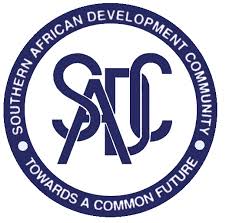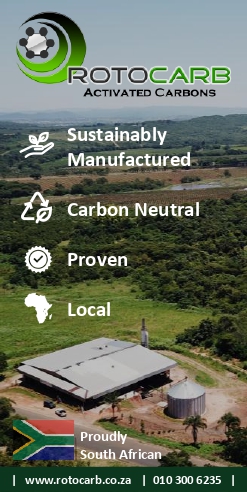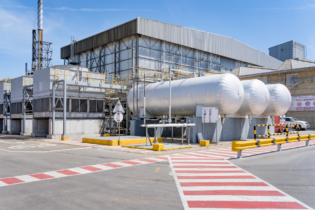Following the recent summit held in Lilongwe, Malawi, the heads of state and government of the Southern African Development Community (SADC) are positive the Tripartite Free Trade Area, to be established by 2015, will enable greater intra-African trade among member states of the 15-nation regional body. As a resultof the global economic downturn the economies of some of the regions“business-as-usual” trading partners, especially those in the Eurozone, are in recession. With this mind it is essential that the region finds ways to expand intra-SADC trade.
At the Lilongwe summit leaders received a report from the Ministerial Task Force on Regional Economic Integration which outlined progress made on the SADC regional economic integration agenda. The Tripartite Free Trade Area will ultimately encompass the Common Market for East and Southern Africa (Comesa), East African Community (ECA) and SADC. It is envisaged that the Tripartite Free Trade Area will combine the markets of 26 countries with a combined population of nearly 600 million people and a combined GDP of one trillion US dollars.Standard Bank has confirmed that intra-African trade is ascending. According to bank estimates, intra-African trade amounted to roughly US$90-billion in 2011, a substantial fivefold leap from US$17-billion in 2001. In addition, the Southern African Development Bank expects that informal cross-border trade accounts for between 30-40% of total trade within the SADC region.Realising the potential for development in SADC requires that members address inadequate infrastructure which is necessary to access markets. It is estimated that poor infrastructure reduces productivity of companies by 40%.With this in mind the summit reviewed the status of the implementation of the Regional Infrastructure Development Master Plan (RIDMP) adopted in 2012.An infrastructure summit held in Mozambique in June this year sought to woo potential investors, funders and key international cooperating partners; to raise awareness and brief the investment community on a range of priority infrastructure projects; and to facilitate direct consultations between potential investors and national project promoters. President Zuma stated at the recent BRICS Business Council that South Africa “is on course to spend in excess of R4-trillion in the coming years, focusing on rail, roads, energy, water, sanitation and the communication sectors throughout the country.”








